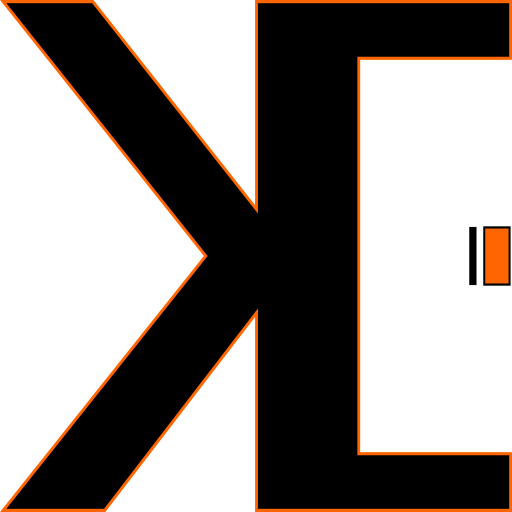Enhancing Workplace Productivity: Navigating Time Tracking Challenges
In today’s digital workplace, time tracking tools have become essential for managing productivity and ensuring efficient workflows. However, employees often find ways to bypass these systems, leading to issues of time theft and reduced accountability. Understanding these challenges and adopting advanced strategies is crucial for maintaining a productive work environment.
The Need for Advanced Time Tracking Solutions
Time tracking tools, both manual and automated, play a pivotal role in recording and analyzing the time spent on various tasks. While manual trackers rely on employee input and are prone to errors, automated systems use app usage and keyboard activity tracking to provide a more accurate measure of productivity. Yet, despite these advancements, some employees employ creative methods to deceive these systems.
Common Tactics to Bypass Time Tracking
- Automated Mouse Movement: Employees use devices or software to simulate activity, tricking trackers into recording false productivity.
- Dual-Window Distraction: By running work-related applications alongside non-work content, employees can mask inactivity.
- Remote Access Manipulation: Employees may use remote access clients to engage in non-work activities while appearing productive.
- Software Tampering: Tech-savvy individuals might attempt to alter tracking software to misrepresent their activity.
Strategies to Combat Time Tracking Evasion
Employers can adopt various strategies to enhance the effectiveness of time tracking:
- Implement Sophisticated Tracking Software: Choose tools with robust activity analysis and detection capabilities to identify irregular patterns and non-genuine user activity.
- Regular Check-ins and Communication: Maintain open communication with employees to discuss progress and address any challenges they face.
- Set Clear Expectations: Clearly communicate work hours, deliverables, and performance standards to hold employees accountable.
- Foster a Trust-Based Environment: While monitoring is essential, it’s important to balance it with a degree of trust to avoid damaging relationships.
Balancing Monitoring with Employee Well-being
While monitoring tools offer valuable insights, excessive surveillance can lead to employee dissatisfaction. It’s crucial to balance monitoring with autonomy, allowing employees the freedom to manage their tasks effectively. Encouraging regular breaks and offering support can enhance productivity and job satisfaction.
Conclusion
Time tracking tools are indispensable in the modern workplace, but they must be complemented by strategies that address employee concerns and promote transparency. By adopting advanced tracking solutions and fostering a supportive work environment, businesses can enhance productivity while maintaining trust and accountability.
Ready to optimize your workplace productivity? Explore advanced time tracking solutions that align with your organizational goals and empower your workforce to thrive.




